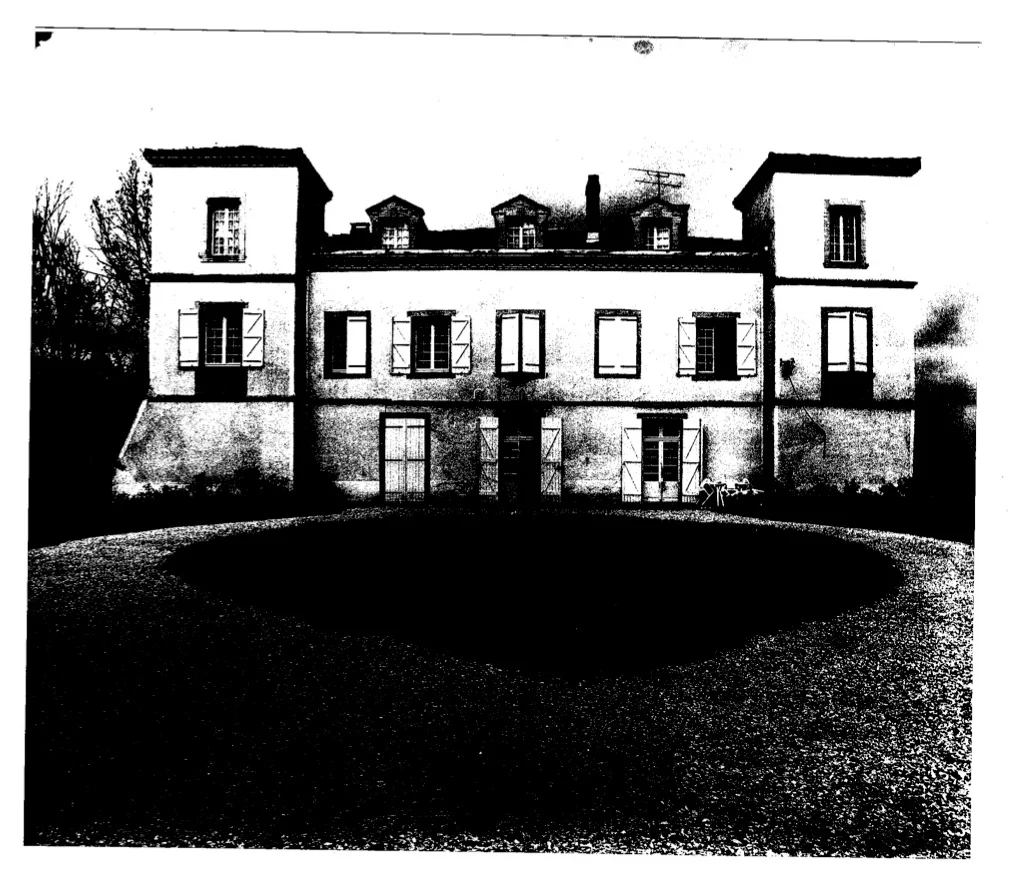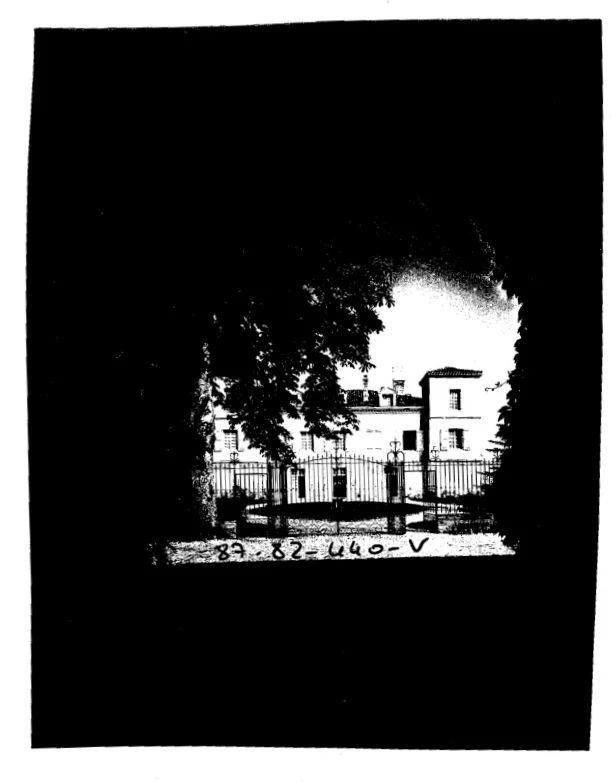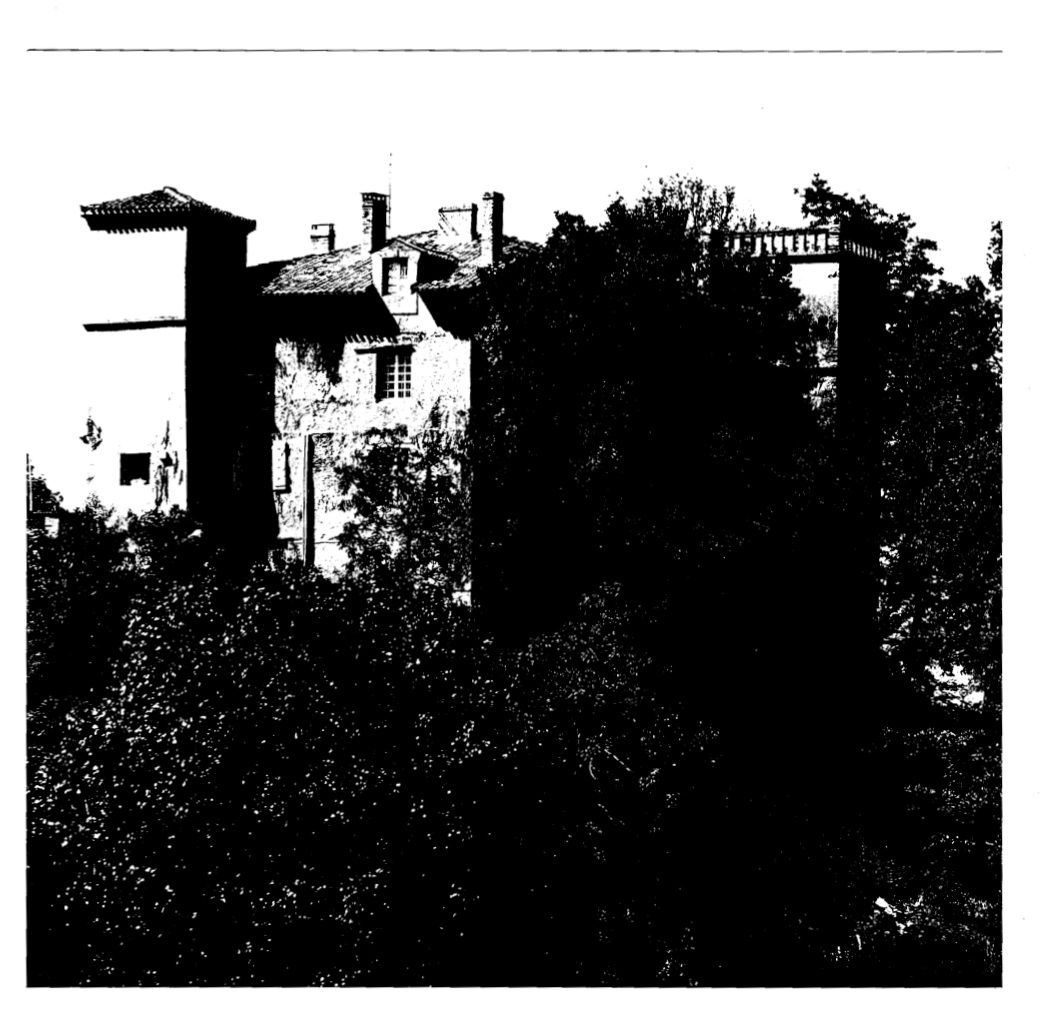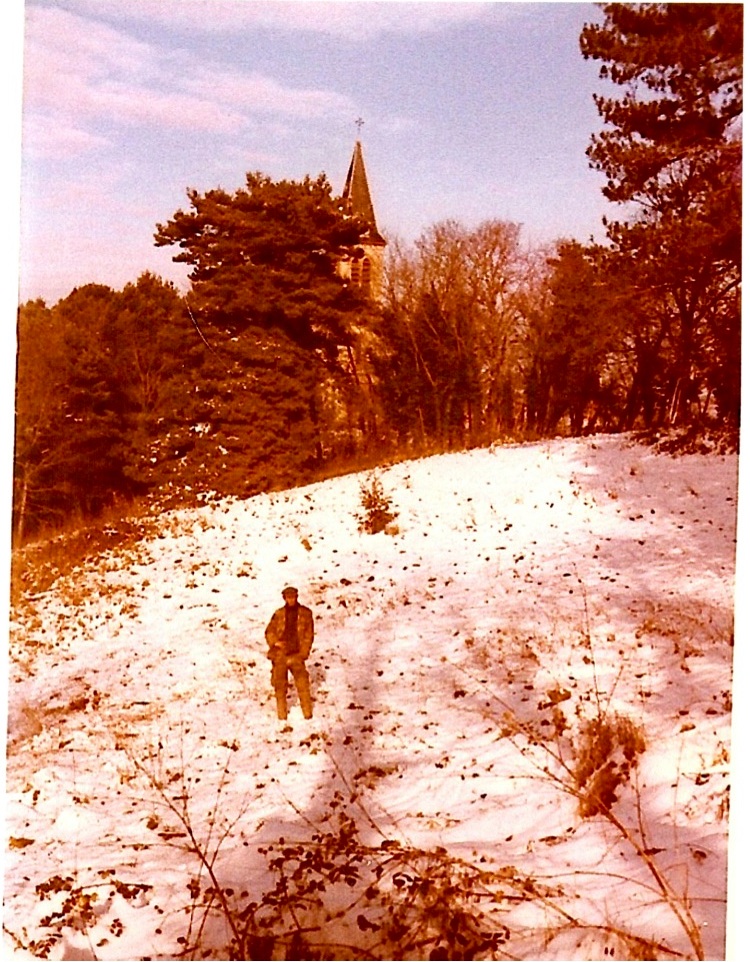The history of Chateau Dumas
Chateau Dumas is a stunning property with an intriguing past. The first official record of a building on the parcel of land known as Dumas dates from 1347. We know that in 1777 the Chateau was in the hands of Jacques de Beaumont de Verneuil who enjoyed 12 happy years at the Chateau until disaster struck in 1789 and the Chateau was all but destroyed during the French Revolution. It was rebuilt in the neoclassical style favoured by Napoleon which is the building you see today.
In the early 1800’s Baron Henri de Cruzy, the Marquis de Marcillac, and his wife Leonie Vialette de Mortarieu lived at the Chateau with their four children: Marie, Elisabeth, Gaston and Marguerite. A mismatched couple, Leonie was pious and rose every morning at 6am to help at Mass and embroidered religious capes with gold thread in her spare time (lucky her!). Henri meanwhile gambled away the ten tenant farms on this property (Leonie bought four of them back) and hunted in the forest.
When Henri died his son Gaston took over. Gaston married Edith de Cambolas, a stylish and beautiful woman who was “never ready on time, always late”. Keen to preserve her figure she climbed the stairs ten times a day to preserve her flat stomach (I’ve since discovered that doesn’t work). Gaston donated a parcel of land for the construction of the church in Auty. The vicar baptised the bells Francois and Renée after Gaston’s godparents.
Ownership of the Chateau changed hands several times during the twentieth century. At one time it became a pig farm owned by an Italian family and it nearly became an old people’s home at one time. It was finally rescued by the Constantins, an artistic couple from Paris who fell in love with it and devoted 13 years to its restoration. Robert Constantin, an artist, adorned the walls with his trompe l’oeil designs, which are preserved to this date. When Robert Constantin passed away the Chateau was put up for sale and bought by an English family in order to run creative retreats. The rest as they say is history…







